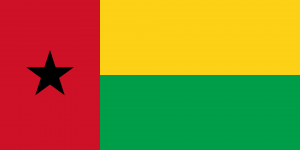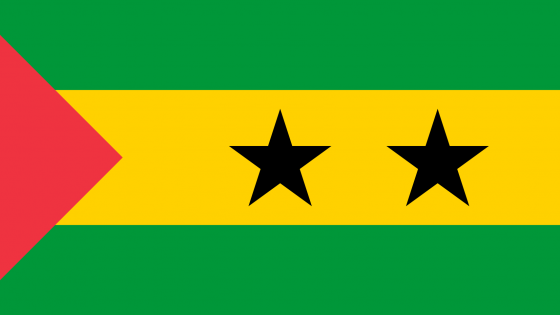
São Tomé and Príncipe is a hidden gem located in the Gulf of Guinea. This small island nation, composed of two main volcanic islands and several islets, captivates visitors with its lush landscapes, colonial charm, and laid-back tropical vibe. It’s one of the least-visited and most pristine destinations in Africa.
São Tomé and Príncipe is a tropical haven full of charm, natural wonder, and rich cultural heritage. For travelers seeking serenity, authenticity, and sustainable adventure, these islands offer an unforgettable journey to one of Africa’s best-kept secrets.

